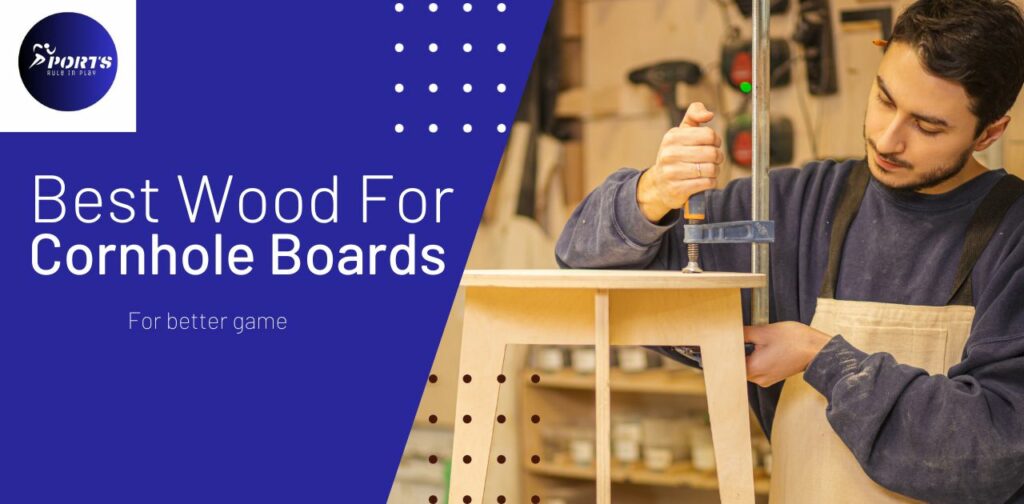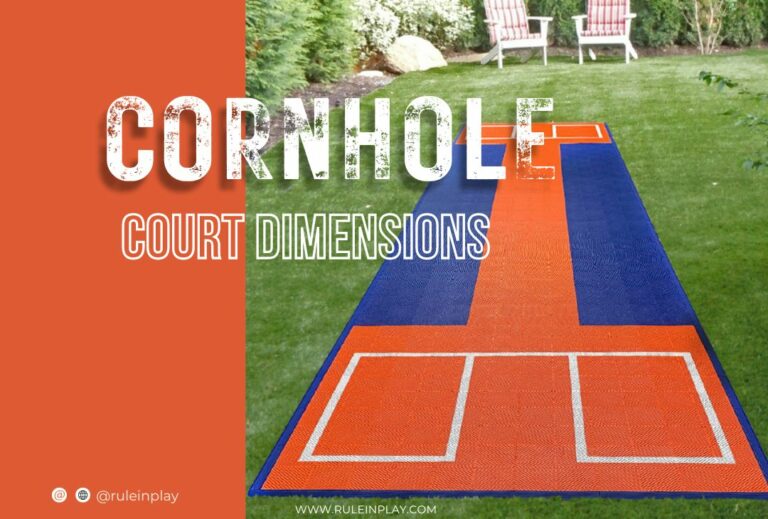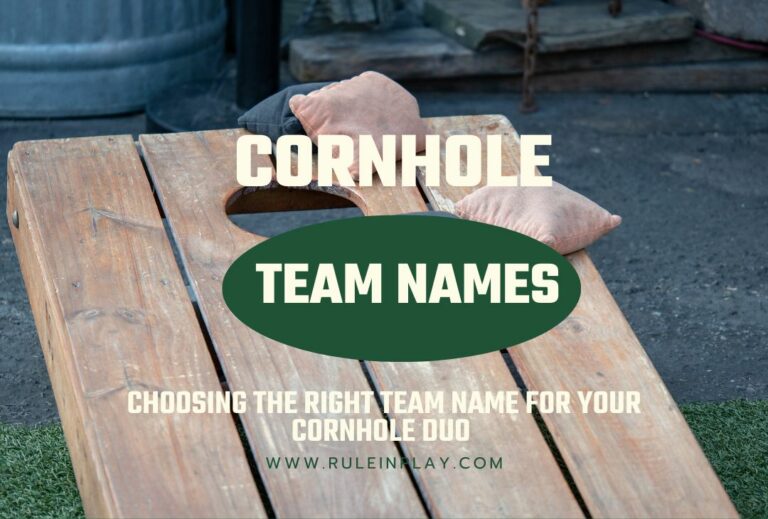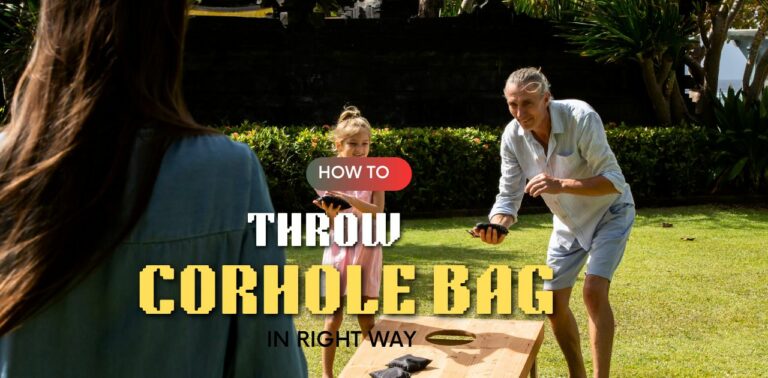Premium Guide to Choosing the Best Wood for Cornhole Boards
Cornhole, a popular backyard game that has taken the world by storm, is not only fun to play but also a fantastic way to spend quality time with friends and family. Whether you’re a seasoned player or a beginner, one crucial factor that can significantly impact your cornhole game is the type of wood used to construct the cornhole boards. In this comprehensive guide, we will explore various options available for crafting cornhole boards, helping you make an informed decision about the best wood for cornhole boards.
The Significance of Choosing the Right Wood
Before we go into specific wood types, let’s discuss why selecting the right wood for cornhole boards is so important. The wood you choose can directly impact the performance, durability, and appearance of your boards. Here are some key factors to consider:
Now, let’s explore some of the top wood choices for cornhole boards:
Best Wood for Cornhole Boards

A. Birch
Birch wood is a popular choice for crafting cornhole boards due to its combination of durability and smooth grain pattern. It is a hardwood that can withstand outdoor conditions and resist warping or cracking. Birch boards are often lighter in weight than some other hardwood options, making them easier to transport and set up. Additionally, the fine grain of birch allows for a smooth playing surface, promoting accurate throws.
B. Pine
Pine is another common choice for building cornhole boards. It is readily available, affordable, and easy to work with, making it a preferred option for DIY enthusiasts. Pine boards are generally lighter in weight compared to hardwoods, which can be an advantage if you need to transport your boards frequently. However, pine may not be as durable as hardwoods and may require more maintenance to prevent warping or damage from moisture exposure.
C. Oak
Oak is a hardwood known for its strength and durability, making it an excellent choice for cornhole boards. Oak boards can withstand harsh outdoor conditions and resist wear and tear. They are heavier than pine boards, which can be an advantage for stability during gameplay. Oak also features a distinctive grain pattern that can add a touch of elegance to your cornhole set.
D. Maple
Maple wood is prized for its smooth and even grain pattern, making it an ideal choice for cornhole boards. It is a durable hardwood that can handle outdoor use and maintain its structural integrity over time. Maple boards offer a premium feel and are often used for professional or tournament-grade cornhole sets. While maple can be more expensive than some other woods, it provides exceptional performance.
E. Baltic Birch Plywood
Baltic birch plywood is a high-quality plywood option that is often used for cornhole boards. It consists of multiple layers of birch veneer glued together with minimal voids or gaps. This plywood is known for its strength and stability, making it an excellent choice for crafting durable cornhole boards. Baltic birch plywood is also available in various thicknesses, allowing you to customize the weight of your boards.
Also Read: How far are cornhole boards apart
Plywood vs. Solid Wood
When choosing the best wood for cornhole boards, you’ll likely encounter the decision between plywood and solid wood. Both have their advantages and disadvantages:
A. Plywood
B. Solid Wood
The choice between plywood and solid wood depends on your preferences and budget. Plywood is a practical choice for DIYers on a budget, while solid wood offers a premium feel and durability.
Additional Considerations
A. Finishing and Sealing
Regardless of the wood type you choose, it’s essential to finish and seal your cornhole boards properly. Applying a clear or colored sealant not only enhances the appearance of the wood but also protects it from moisture and UV damage. This step is crucial to extend the lifespan of your boards and maintain their performance.
B. Regulations and Specifications
If you plan to participate in cornhole tournaments or leagues, it’s important to be aware of the specific regulations regarding board dimensions and weight. Different organizations may have slightly different requirements, so make sure your boards comply with the relevant standards.
C. DIY or Purchase
You have the option to either build your cornhole boards or purchase pre-made sets. Building your boards can be a rewarding DIY project, allowing you to choose the wood, design, and finish. However, pre-made sets can save you time and effort, providing you with professionally crafted boards that meet regulation standards.
Wrapping Up
Selecting the best wood for cornhole boards is a critical decision that can greatly impact your gameplay experience. The choice between birch, pine, oak, maple, or plywood ultimately depends on your preferences, budget, and desired performance. Each wood type has its advantages and disadvantages, so take the time to consider your needs and priorities.
Remember to finish and seal your boards properly to protect them from the elements and maintain their appearance. Whether you opt for a DIY project or purchase pre-made sets, choosing the right wood and following proper construction techniques will result in cornhole boards that provide years of enjoyment for you and your friends and family. So, go ahead and start crafting or shopping for the perfect cornhole boards to elevate your outdoor entertainment.






